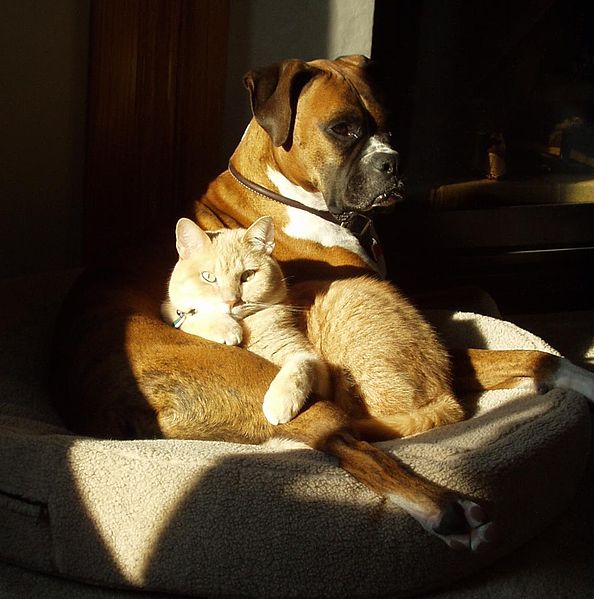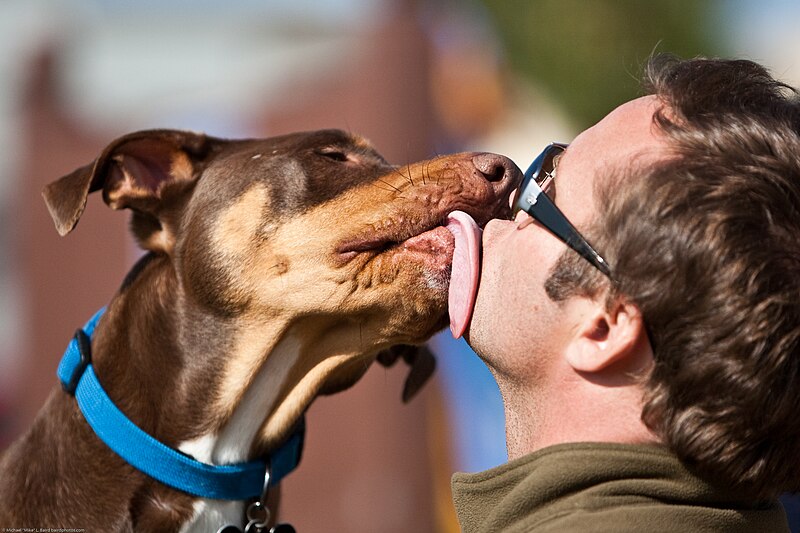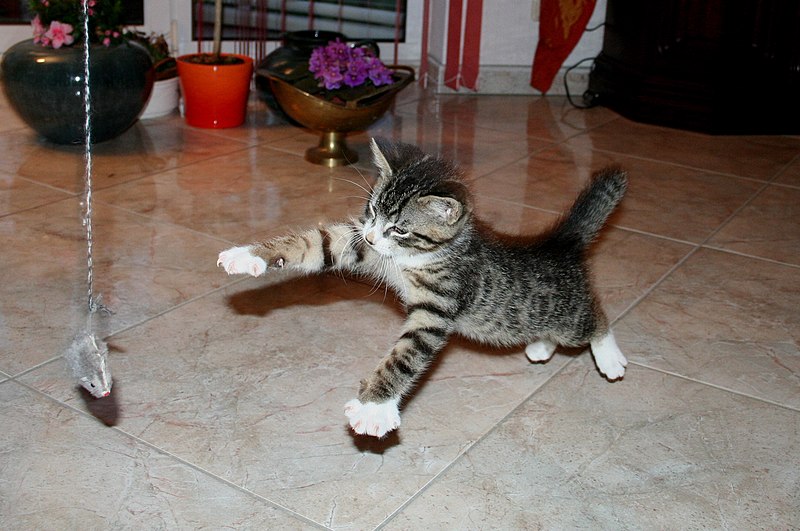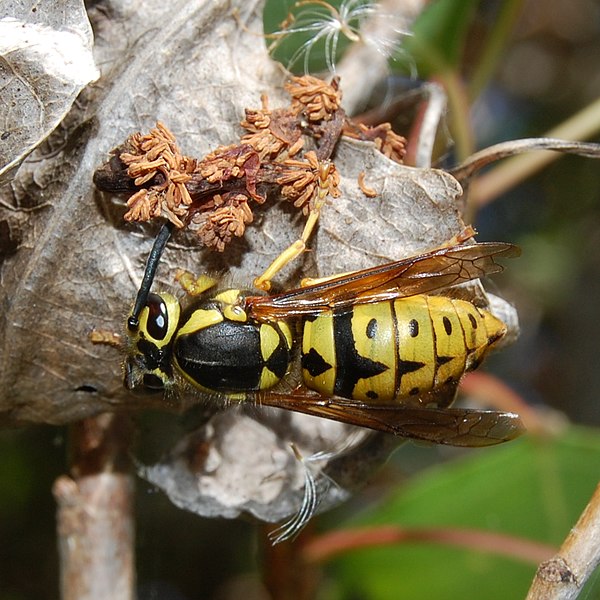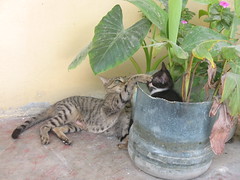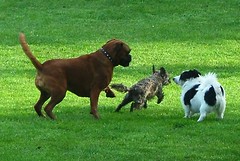
Fortunately, Matthew survived. Quick online research confirmed what we already thought; Matthew had suffered a stroke, though minor enough that he regained most of his muscle control. We scheduled a veterinarian appointment and monitored him carefully in the meantime. While he could nibble some of his pellets and try to chew with his right, the left side of his face seemed locked and stiff, and he could not move his lips enough to grasp hay or fully close his right eye.
We figured this was a result of the stroke only, but our veterinarian found a root cause that surprised us. After determining that Matthew’s lips still had circulation and feeling, he used a scope to view Matthew’s back teeth, which are tightly positioned back by the cheeks and almost impossible to examine otherwise. After this check, our vet informed us that Matthew’s jaw was slightly misaligned, causing one of his back left teeth to wear improperly. This created a sharp, uncomfortable point that discouraged him from using that side correctly for a while. The area underneath this tooth became infected, and the infection’s swelling had likely triggered the stroke. While the movement of his left facial muscles would slowly return, the pain from the tooth and infection was discouraging him from using them. Matthew required a few weeks of antibiotics to overcome the infection, along with some rabbit-safe painkiller and anti-inflammatory to encourage proper use of the pointed tooth.
While the vet explained that sedating Matthew and physically filing the back tooth was an option, he did not recommend this after such a high health risk as a stroke. He explained that the location and of the tooth and current discomfort made filing without anesthesia impossible, and our safest bet for Matthew was to see if we could get him to use that side again himself. He also recommended purchasing rabbit-safe cardboard tubes to chew. Unlike normal wooden chews, these would be softer and help prevent making the sensitive area sore. If Matthew still could not wear his tooth enough to be comfortable, sedation and filing was still an option, but it would indicate that he would likely need it every couple of months. Placing a sensitive animal such as a rabbit under anesthesia so frequently is in itself risky, and he suggested we wait on that option unless it seemed necessary.
We left the vet’s office both fearful and optimistic, armed with information, medicine, and a powdered probiotic food to maintain Matthew’s digestive system after his time spent with inadequate eating. As his poor muscle control made using a water bottle difficult, we also boosted his fluid intake with feeding syringes. Providing dishes of water was a poor idea for Matthew; with his poor vision and compromised health, he merely kept his distance from the unfamiliar shape.
After a few days, slow improvements began to show. Matthew’s energy was returning, and he no longer sulked in the back of his cage. He began eating his pellets more regularly and could use his water bottle again, and we stopped the supplemented feed soon after he began his first clumsy bites of hay. He could fully blink his left eye, and movement returned to the left side of his face.
As of today, Matthew seems to be recovered and shows no difficulty grasping, chewing, or biting. While there is no way to correct his conformation, the medications assisted him enough to begin wearing the tooth more properly. I’ve seen many different health conditions in rabbits, but I never expected such an unusual cause as a poor jaw alignment jaw to potentially cause something as serious as a stroke. The vet suggested keeping a close watch for any changes in behavior, as infections as he had can be difficult to truly eliminate in rabbits and might eventually reoccur. For now, Matthew is himself again: stomping for attention, digging at the floor, and watching the activity around him with an alert curiosity.
 That Pet Blog That Pet Place Pet Blog
That Pet Blog That Pet Place Pet Blog

